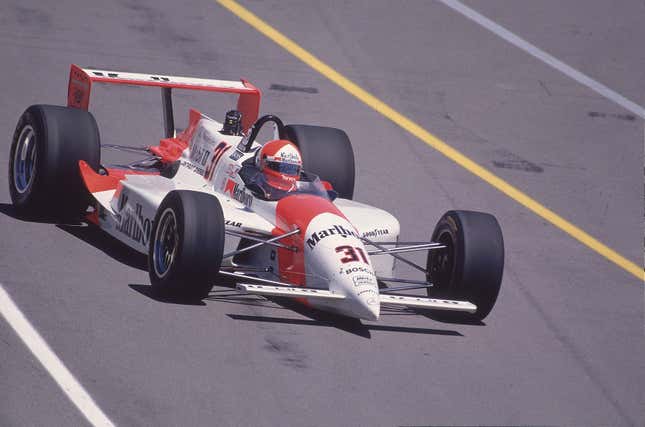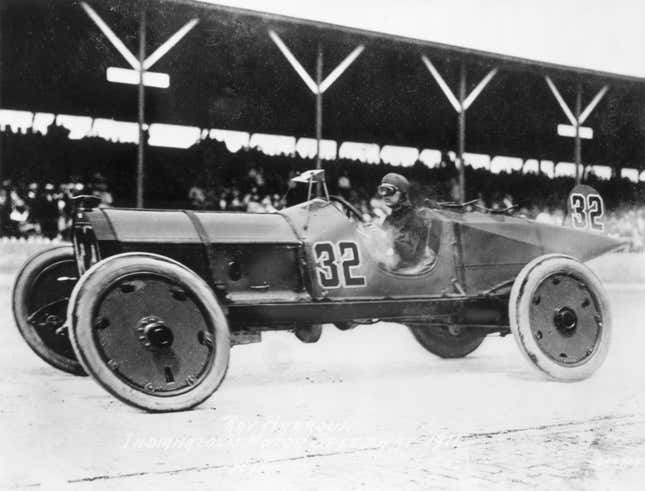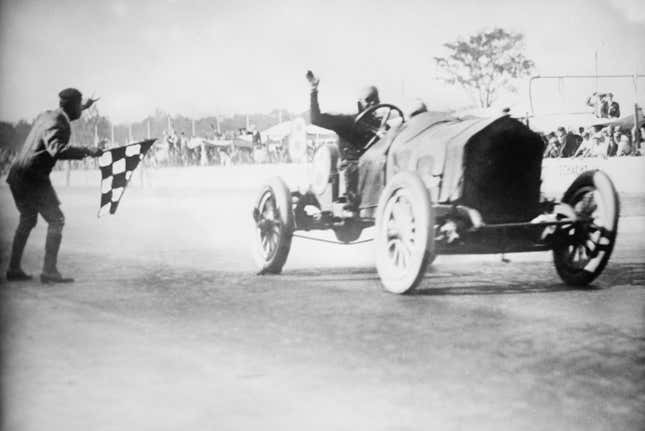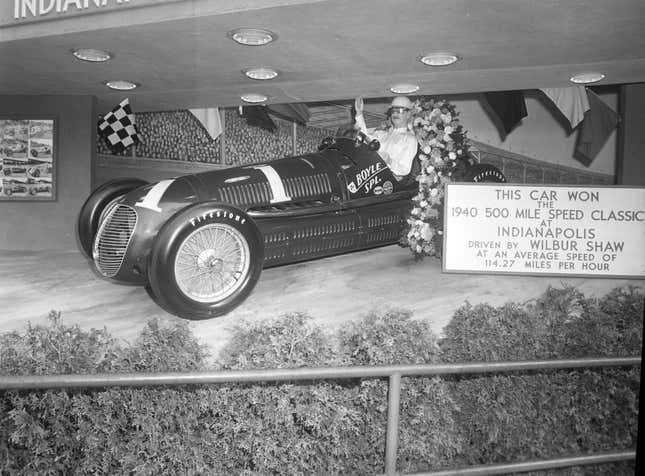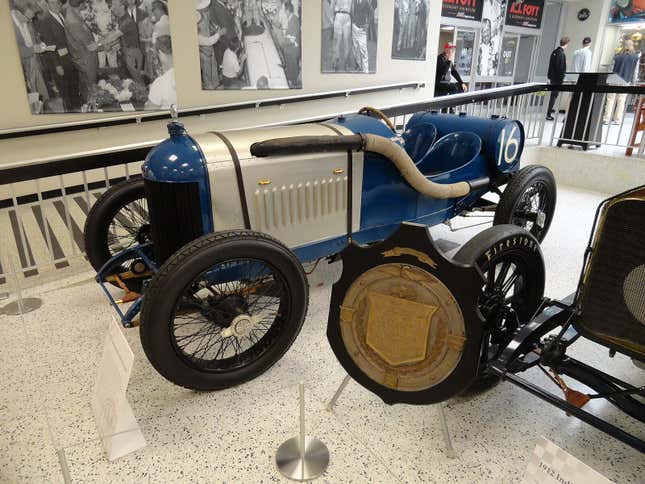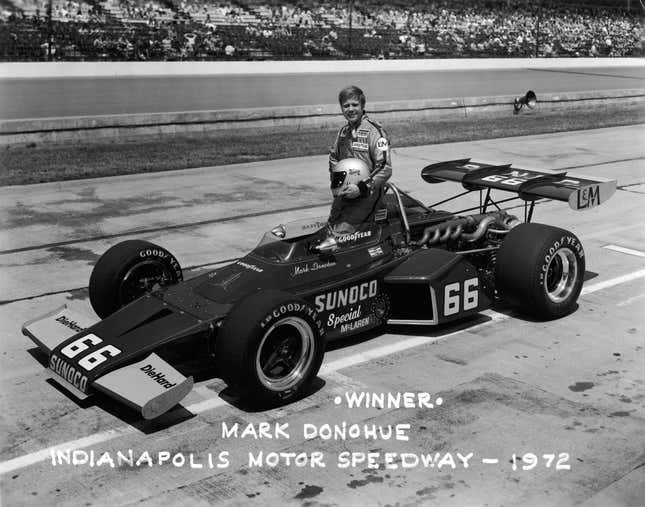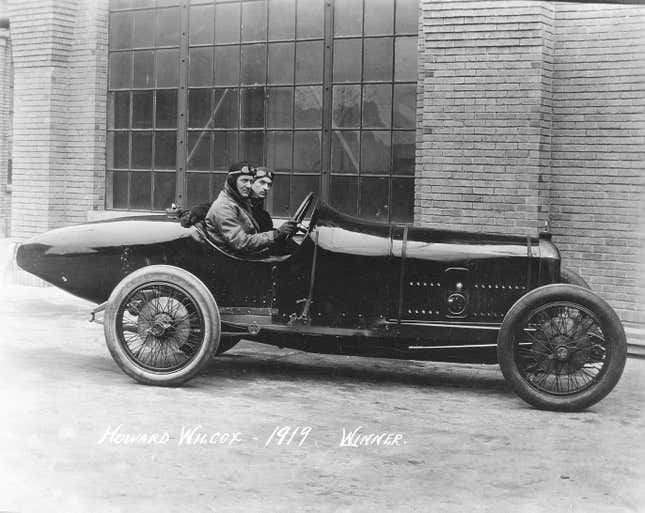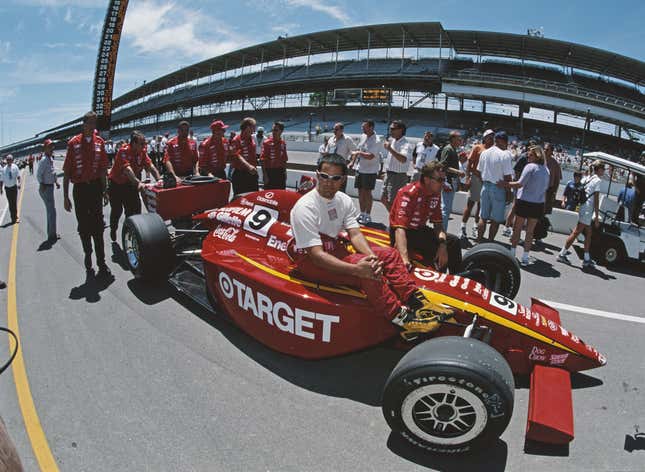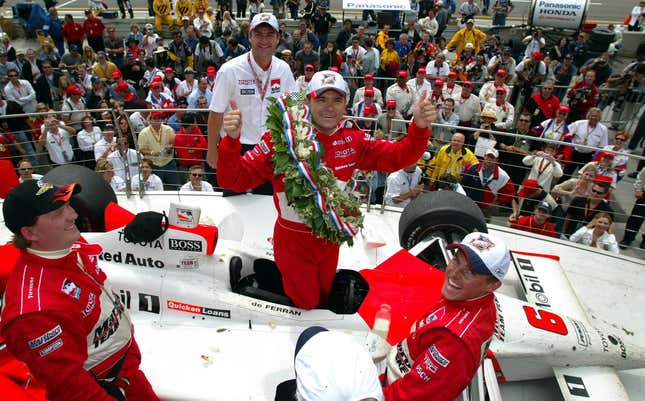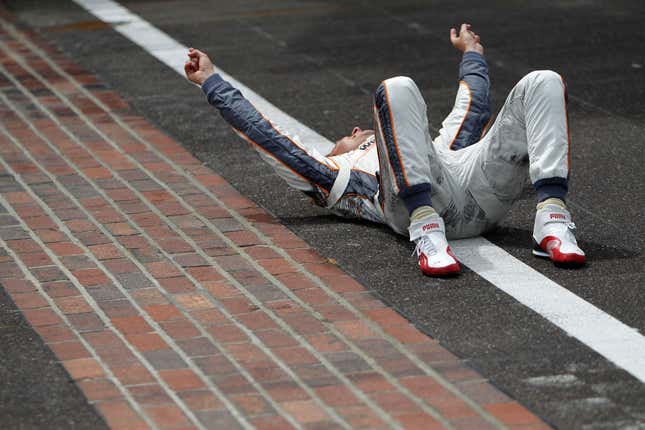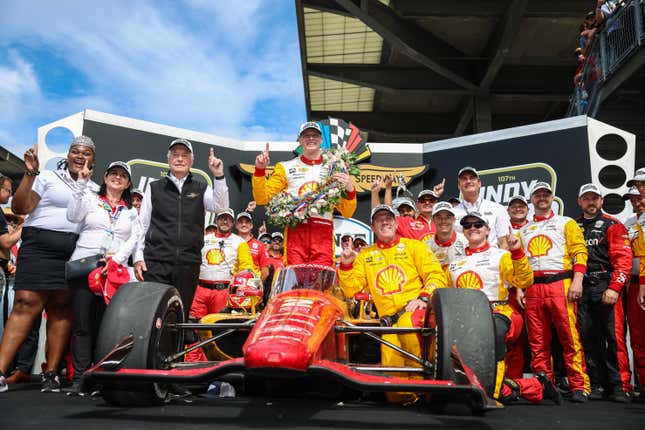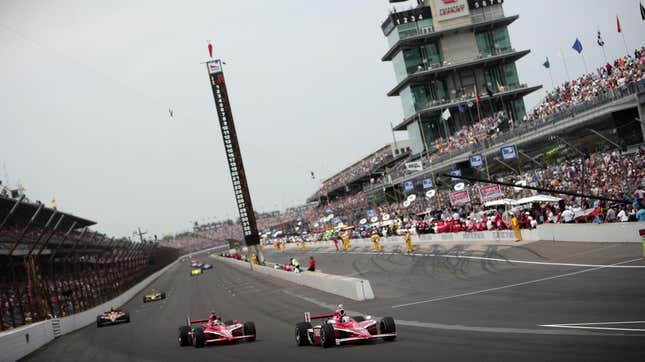
It’s officially May, which means the Indianapolis 500 is right around the corner. The iconic open-wheel race has been around for over a century and shows no sign of slowing down any time soon — and that has the added benefit of showing off just how drastically the automotive landscape has changed. Fifteen different automakers have won the Indy 500 by entering either a chassis, an engine, or both, and today, we’re talking about all of them.
As a note, I’m not counting any team-built “specials” in this slideshow. For many years, the Indy 500 was run with cars built by a bunch of dudes in their own garages. These were purpose-built racing chassis or engines made by small groups of dedicated folks. Here though, I’m highlighting the automakers who entered a chassis or engine and then won; these are companies that sold vehicles to paying customers for road use, and who also happened to enter motorsport events.
So, that means no Offenhauser, since Offy only made racing engines. It also means no Kurtis Kraft or March, both of which primarily built race cars.


